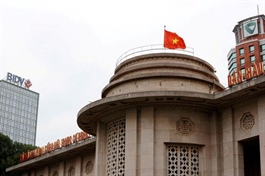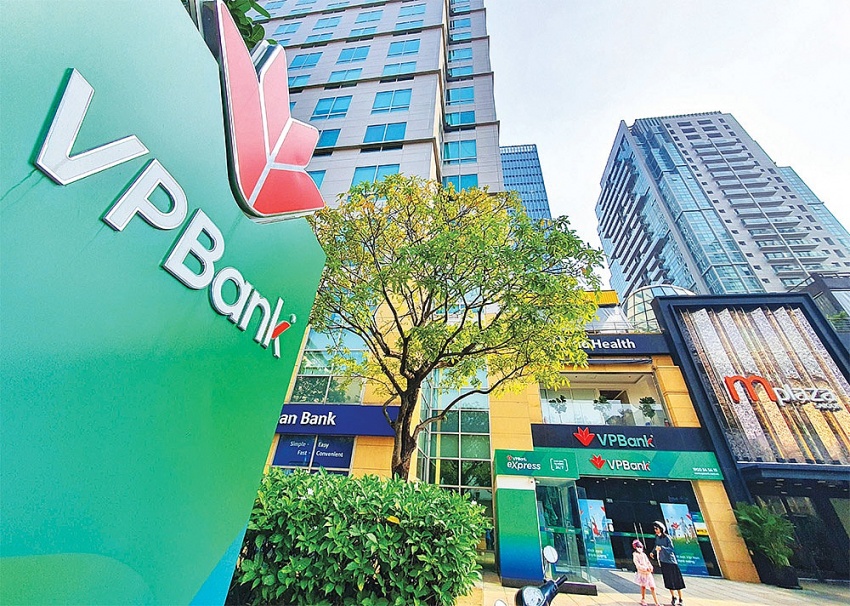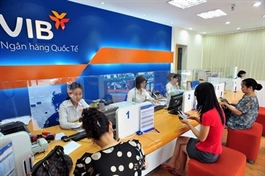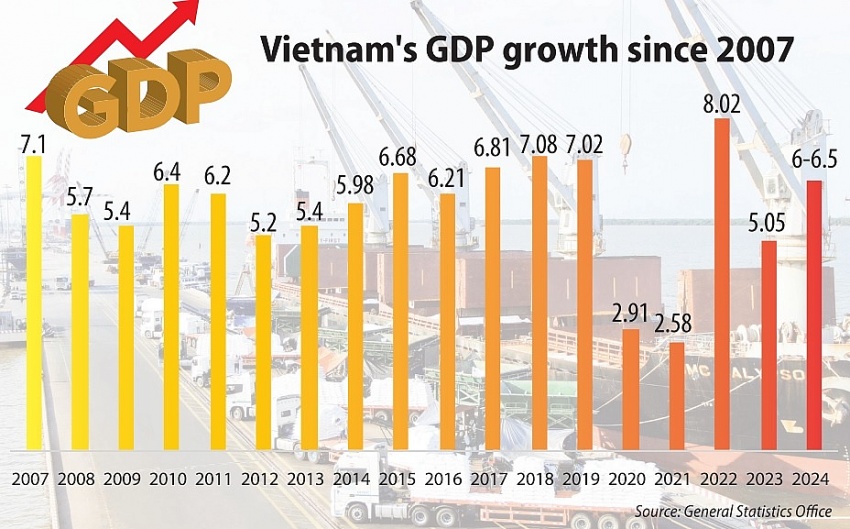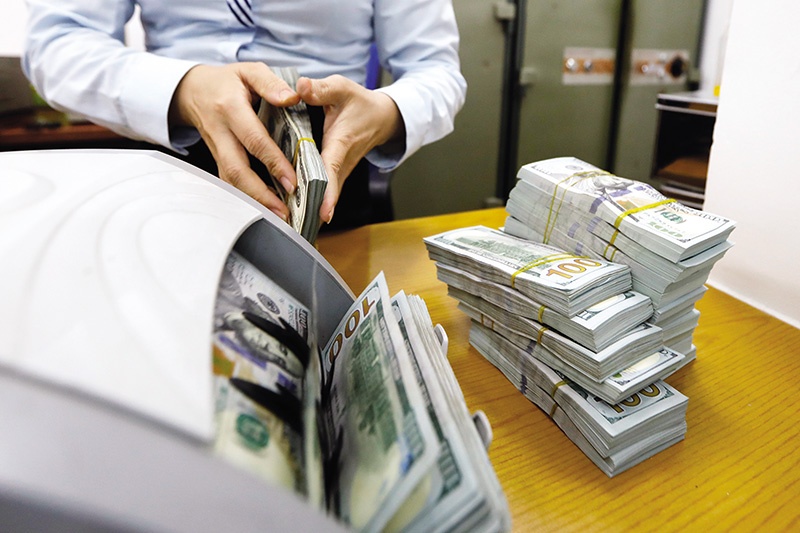Banks get go-ahead for capital increases
Banks get go-ahead for capital increases
Many banks in Vietnam have received approval for substantial capital hikes, signalling a strategic effort to fortify the financial sector and enhance several essential ratios.
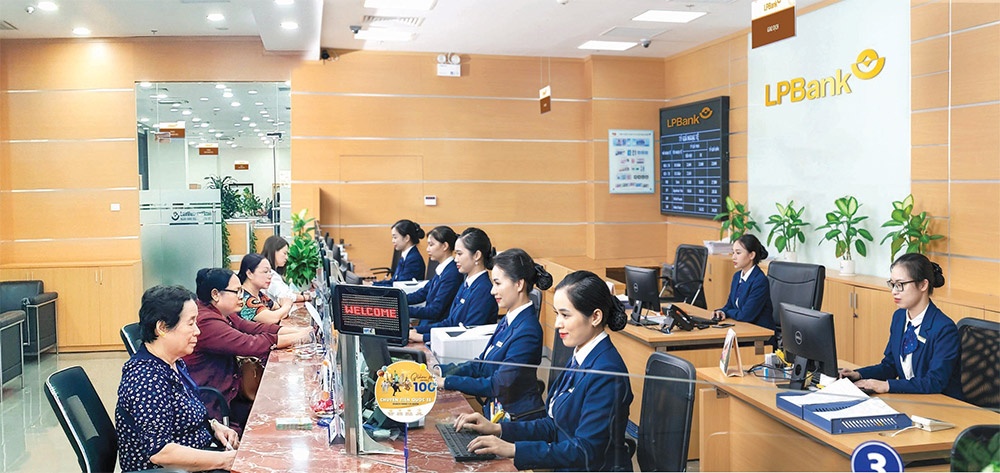
The State Bank of Vietnam (SBV) has green-lit capital hikes for a range of domestic banks, signalling a major shift towards strengthening the country’s financial institutions.
PGBank, formerly known as Petrolimex Bank, announced last week that it is set to elevate its charter capital by around $50.6 million. The move will raise PGBank’s charter capital to $177.22 million. PGBank previously held the position of having the lowest charter capital in the system.
LPBank also received approval from the SBV to increase its charter capital to over $1 billion. This positions LPBank among the highest capitalised privately owned commercial banks in Vietnam.
Likewise, NCB has been authorised to boost its charter capital to more than $498 million, with a planned issuance and sale of 620 million shares.
Elsewhere, SaigonBank is set to augment its capital by approximately $13 million, primarily through issuing shares for dividend payment to existing shareholders.
Throughout 2023, the SBV approved capital increases for 21 joint-stock commercial banks, mainly through internal sources such as retained earnings and reserve funds. This included names like HDBank, MB, SeABank, ACB, VIB, TPBank, and VPBank.
In addition to local financial institutions, foreign-invested banks in Vietnam are actively strengthening their financial base. For example, Singapore-backed UOB Vietnam has substantially increased its charter capital from $211 million to $338 million.
“This capital increase, the second in three years, aims to strengthen UOB Vietnam’s position in retail and wholesale banking services. Vietnam is a strategic market for UOB. This capital enhancement underlines our long-term commitment to the country’s prosperity and potential,” said CEO Victor Ngo.
Some experts believe the ongoing emphasis on increasing charter capital is a key component for bolstering the capital adequacy ratio (CAR) and enhancing credit institution rankings. This strategy aligns with the minimum CAR being set at 8 per cent, following international Basel II standards.
Specifically, the restructuring plan for the credit institution system for 2021-2025 aimed to elevate the CAR of commercial banks to a minimum of 10-11 per cent last year and 11-12 per cent in 2025. However, despite continuous capital increase plans, especially in the last quarter, Vietnam’s banking system remains thinly capitalised with a CAR lower than many regional counterparts, many of whom have started implementing Basel III standards.
Economist Nguyen Tri Hieu observed that private commercial banks continue to target a higher CAR, thanks to proactive capital management and closer adherence to Basel III standards.
“These banks maintain a higher than average CAR and showed slight improvement in 2023. Conversely, state-owned banks face more challenges in capital increase due to limited budgets and slow approval processes,” he said.
Fitch Ratings also indicated that Vietnam’s rapid credit growth in recent years necessitates banks to increase capital to maintain safe ratios.
“The banking system needs an additional $10.7 billion (approximately 2.9 per cent of GDP) to ensure risk reserves and maintain a CAR of 10 per cent,” it said.
Many banks are planning to raise capital from foreign investors, as domestic long-term investment has stagnated. Banks like LPBank, Vietcombank, and BIDV are planning private issuances to foreign investors. BIDV aims to complete a plan to sell 9 per cent of its capital to foreign investors, while Vietcombank anticipates a 6.5 per cent private issuance.
In a report last week, KB Securities Vietnam forecasts that the low-interest-rate environment prevailing at the end of 2023 is likely to continue into the following year, thereby acting as a catalyst for credit growth and improving the cost of capital for banks.
“Credit growth in 2024 is projected to revolve around 12-13 per cent amid a backdrop of a modestly recovering economic outlook. The primary growth driver is expected to stem from the sustained low-interest rates, spurring credit demand for production activities, coupled with the anticipated effective implementation of government support policies to boost domestic consumption,” the brokerage said.







